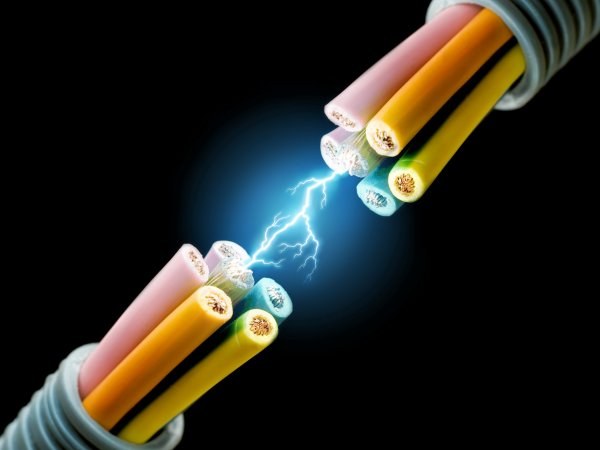How to choose wires
How to choose wires
Everyone who was engaged in repair in an apartment orthe construction of new housing outside the city, probably faced with the problem of installing electrical wiring. And here it is important to remember that not only the reliability of household appliances depends on the correctly chosen wire, but also the fire safety of the home.

Wire grades
The marking is applied directly to theproduct, - the type of wire is usually indicated on the insulation. If there are no labels, it is recommended that you contact the seller who must provide the relevant certificates. For laying wiring in an apartment or a country house, 3-4 basic types of wires are used. The most common product is the BBG label. This is a wire belonging to the power category. The product is a single-core cable, having a round or square section and placed in an insulating jacket made of PVC. Sometimes the letters NG are added to the BBG marking; this means that the wire does not support combustion. This kind of VVG is also recommended for use in rooms with a high level of humidity: swimming pools, shower rooms, bathrooms, saunas. It is worth noting that due to the single-stranded structure, such a wire has a relatively small volume and therefore fits well into the strobes. There is also an option VVG - a wire brand PPPP - also a good product, second only to VVG quality insulation. In addition to the VVG brand for private construction, repairs use wires like NYM and PVS. The first variety resembles VVG; the difference is that such a wire has a stronger, double insulation and, correspondingly, an increased cost. The second type - PVS, is a multi-core product, covered with an insulating sheath. The wire has good flexibility, however, experts recommend not using it for internal wiring. The best application for PVS is the connection of household appliances, the manufacture of extension cords, and the like.Cross-section and material of manufacture
This parameter is directly related to the proposedload in the electrical network. If you plan to make wiring in a country house with a large area (500 and more square meters), then a wire with a section of at least 4 square meters is required. mm. For a typical city apartment, a section of 1.5-2.5 square meters is sufficient. mm. And, for example, for a garage (if you do not intend to connect a powerful electric tool), a section of 1 square meter is enough. mm. When buying, pay attention to the material of which the vein is made. It is more preferable to choose copper having a higher conductive capacity. If you still decide to purchase an aluminum wire, then its cross section should be more than the one described above for 1 sq. Km. mm. But the most important nuance is that during the wiring installation it is impossible to allow direct contact of copper with aluminum due to the subsequent process of electrical corrosion. The quality of the wire to be purchased is difficult to determine on its own; you can only try to identify some data visually. For example, take the core and bend it several times, straighten it. Copper cable will withstand 30 to 40 flexions, extensions; aluminum - 7-8. You can also look at the insulation stripped from the insulation, - the color should be bright, with glare. If there are visible dark spots, heterogeneity of the material, then the material is not electrotechnical and it is worth to refrain from buying.








